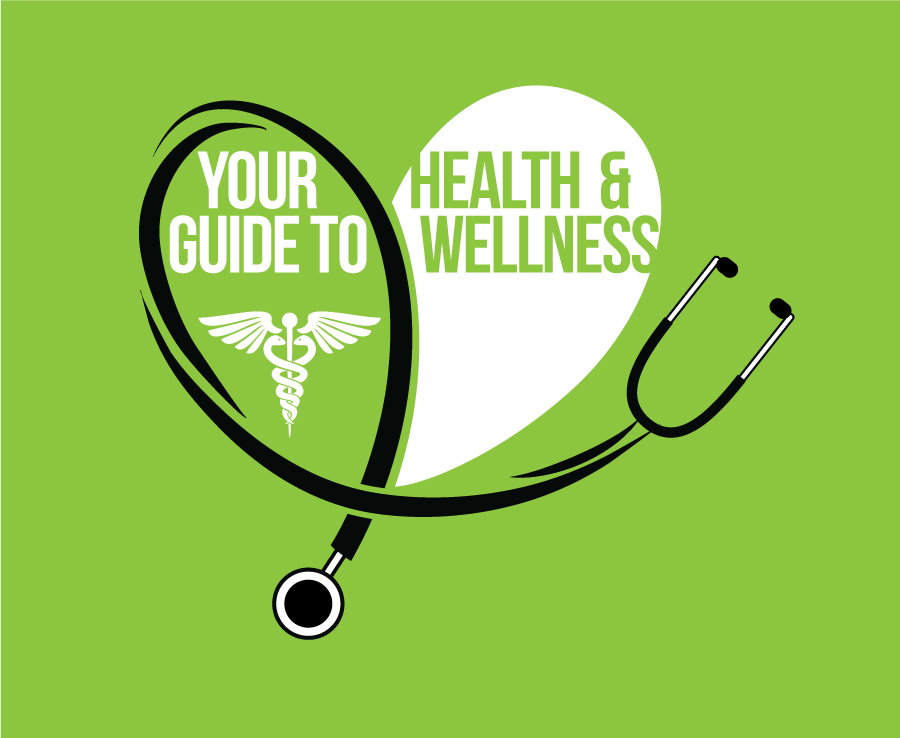Concussions Outside of Athletics
By Michael Seifert, M.D. – UCF Health
Most people are familiar with concussions in athletics. However, concussions also happen in everyday life. While most athletes have medical professionals on the sideline if there is concern for a concussion, this is not true of the general public.
A concussion is abnormal mental functioning occurring after an injury to the brain. Concussions can happen when one experiences a whiplash event or a hit to their head. If you ever experience such an incident (e.g. a car accident, an impact on the head, a serious fall), symptoms of a possible concussion are:
• Confusion, such as not knowing the date or what just happened
• Increase in fatigue or, conversely, inability to fall asleep
• Feeling “foggy” or not alert
• Sensitivity to bright lights or loud noises
• Difficulty concentrating
• Balance problems
If you experience these symptoms, you should immediately remove yourself from the situation where you were injured and seek medical attention. With any injury to the head, doctors want to rule out the possibility of other brain injuries that are more serious.
A common misconception about concussions is that you need to “blackout” to have one. In fact, you can have a concussion and remain alert the entire time. Unfortunately, another old idea that still persists is that you should not sleep the night after a concussion. Actually, resting is the best way for your brain to recover from a concussion.
Most concussion symptoms go away in one to two weeks with proper treatment. Guidance from a physician can determine if medication changes, physical therapy or restrictions at work or school may help your concussion resolve more quickly. Concussion care is still an evolving field, and we may find new approaches as more research is done on this common injury.
The Facts About Inflammation
By Lisa Cooper, MS, RD, LDN, Orlando Health
Inflammation is part of the body’s immune response to injury. While short-term inflammation is healing, long-term inflammation can promote disease like cancer, arthritis or heart disease.
Fat cells produce inflammatory proteins. To reduce inflammation caused by body fat, increase exercise and focus on removing calories from pro-inflammatory foods that contain sugar, refined grains, and saturated and trans fats:
• Soda, sweet tea, sugary coffee drinks, candy, desserts
• White bread, pasta or white rice
• Fatty and processed meats, cheese, whole milk, cream, ice cream, creamy sauces, shelved bakery items, fast foods and fried foods
Include nutrient-rich foods that protect the cells and reduce inflammation:
• Deeply colored green, orange, yellow and purple fruits and vegetables. Include spinach, strawberries, raspberries, beets, bell peppers, cabbage, collards, kale, sweet potatoes, broccoli, oranges and blueberries.
• Extra virgin olive oil, nuts, seeds and avocados. Include omega- 3 fats by eating fatty fish such as salmon two to three times per week and include walnuts, chia and flaxseed.
• Whole grains such as brown rice, oats, barley, wild rice, quinoa, whole-wheat bread/pastas and oatmeal.
• Unsweetened green, white or black tea.
• Lentils beans, peas, edamame and nuts in place of meat.
• Fresh herbs and spices such as garlic, green herbs, ginger, cinnamon, and turmeric.
• Dark chocolate that is 70 percent cocoa (in small amounts).
• Prebiotics, or indigestible fiber that promotes growth of desirable bacteria in the gut.
o Chicory, Jerusalem artichokes, onions, garlic, leeks, soybeans and whole grains.
• Probiotics, or helpful bacteria found in the gut.
o Yogurt, kefir, kimchi, sauerkraut, miso and tempeh.
7 Tips to Reduce Your Risk of Breast Cancer
Courtesy of Florida Hospital for Women
1. Learn to care for yourself the way you care for others. Take the time to get screened – a mammogram appointment only takes 30 minutes at Florida Hospital and only costs $30 in October.
2. Eat a healthy diet and maintain a normal weight by:
• Following a balanced diet that contains the main foods groups (fruits, vegetables, grains, dairy and protein)
• Eating whole grain food such as whole wheat flour, oatmeal and brown rice
• Taking a daily multivitamin
• Limiting alcohol intake
• Limiting saturated and trans fat intake
3. Begin an exercise program and be active at least three times per week. Discuss any exercise program with your healthcare professional before you start.
4. Examine the stresses in your life and find ways to reduce them, if possible. Daily meditation, regular exercise and yoga can be helpful tools.
5. Have an annual physical exam so your doctor can establish baseline information that he/she can use for comparison purposes in future physical exams. Because even small changes can indicate potentially serious problems, an annual physical can detect an illness before it begins or during early stages of development.
6. Get your screening mammogram. Florida Hospital provides extended weekend and evening hours at 13 convenient Central Florida imaging locations, so you can stay close to home or work. Contact your physician immediately if you feel anything abnormal during your monthly self breast exam.
7. Tap into a support network to stay healthy, such as your friends, family, spouse/partner, spiritual community or online discussion groups.
To schedule your $30 screening mammogram appointment (offer valid Oct. 1-31, 2017), call (866) 366-PINK or make an appointment online at 30MinuteMammo.com.
Today’s Top Wellness Trends
By Lyndsay Fogarty
Lady Gaga uses it to chronic pain while Jennifer Aniston considers it one of the secrets to flawless skin. So what is this magical remedy that is trending in Hollywood? It’s an infrared sauna treatment.
According to the Mayo Clinic, a traditional sauna uses heat to warm the air, which will then warm the body, but an infrared sauna heats the body directly without warming the air. Either type of sauna causes sweating and an increased heart rate, just as you would experience with moderate exercise, but the infrared sauna achieves these results with a lower temperature. This makes it accessible to individuals who have a harder time tolerating the heat produced from a traditional sauna. Studies have shown that infrared saunas can have a positive impact on those suffering from high blood pressure, Alzheimer’s disease, type-2 diabetes and rheumatoid arthritis, among other illnesses.
Another wellness treatment that has been trending for several years now is cryotherapy. During whole body cyrotherapy, individuals stand alone in a can-like enclosure, which is open at the top, for two to four minutes at a time. The torso and legs are exposed to frigid temperatures while the head stays at room temperature.
While the U.S. Food and Drug Administration does not have evidence that it can be used to treat conditions such as asthma, anxiety, chronic pain, depression, fibromyalgia, insomnia, migraines, multiple sclerosis and others, both celebrities and everyday people use it for just that. You can find cryotherapy facilities throughout Orlando, but it is important to consult with your doctor before you decide to participate in this type of treatment.







Comments